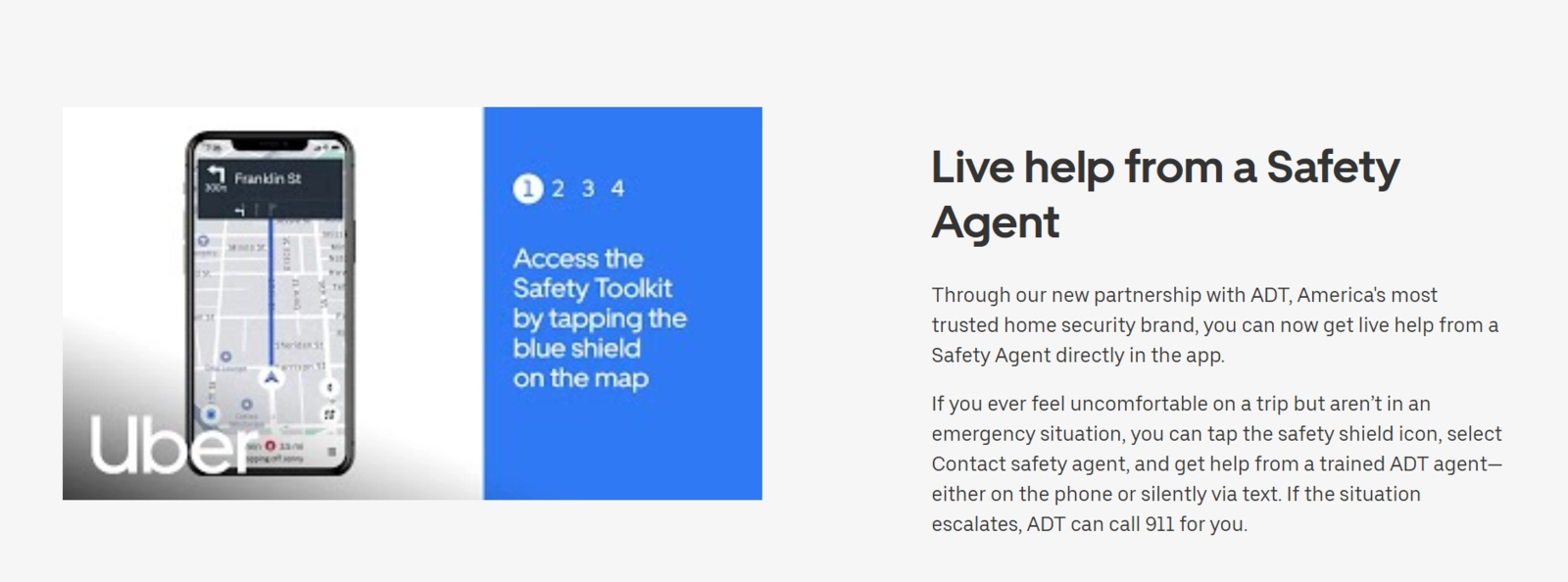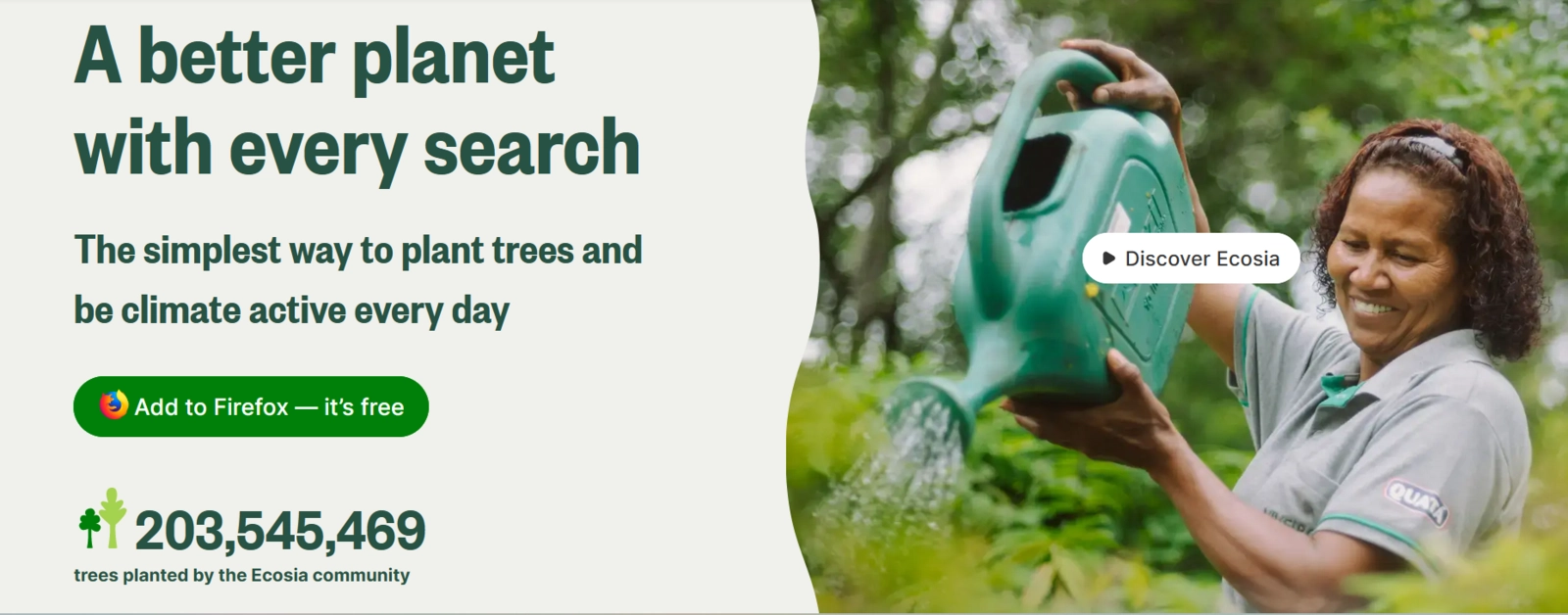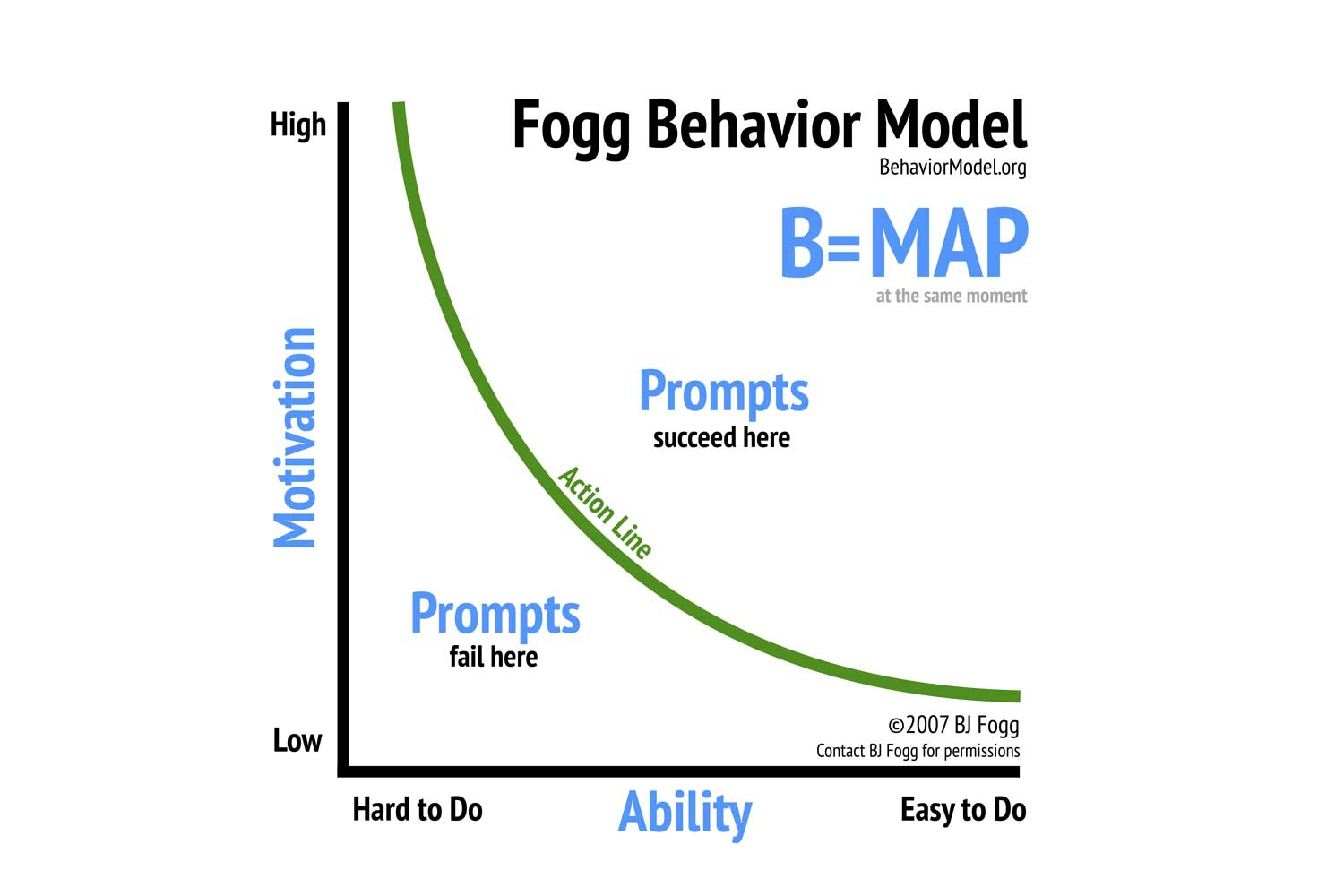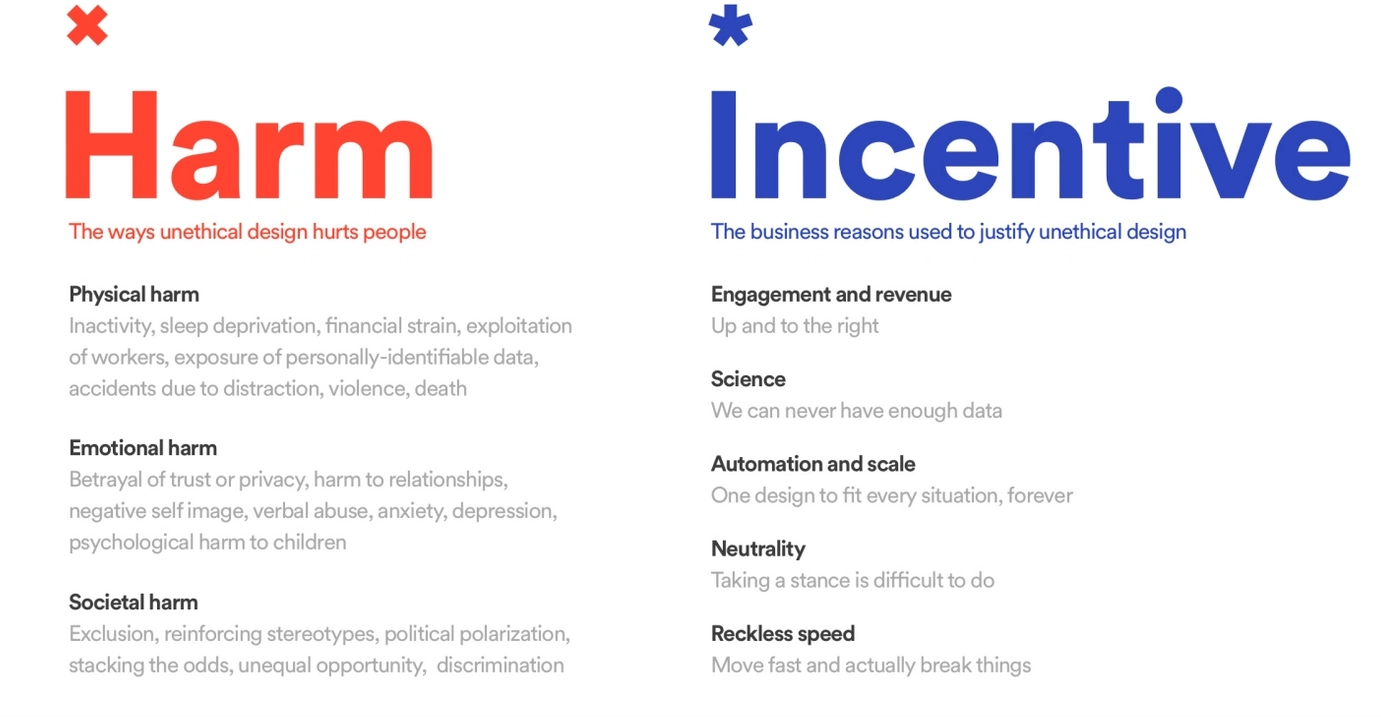Introduction
There is more to design than crafting pretty things. Take UX or user experience design, where brand experiences can influence minds and shape cultures. Consequently, a successful UX design can make businesses profitable. A study done by McKinsey showed that companies who invested in good design experienced an increase of up to 32% in revenue.
With such a huge impact, more and more businesses are realizing what UX design can do to sway customer experience that does not harm or exploit end-users and convert them into buyers. But with numbers-driven organizations, unethical design practices have become prevalent. Brands are tricking customers into decisions that they didn’t intend to make.
You’ll probably get higher engagement, but such an approach will backfire in the long run. Not only do these actions make customers unhappy, but they also permanently sour your brand image and compromise trust.
Collaborating with an experienced UX/UI design agency can help brands align business objectives with ethical design practices. Such agencies emphasize transparency, accessibility, and long-term trust—ensuring that user engagement comes from genuine satisfaction rather than manipulation.
It is not too late! You can create a sustainable and safe UX design by understanding ethics. In this article, we dig deep into the ethics in UX design, including core principles and ethical considerations.
What is UX Design Ethics?
Ethics in UX design refers to moral guidelines that help the UX and product team create a customer experience that does not harm or exploit end-users.
Unlike laws, ethical practices are not black and white. Dilemmas can be complex, requiring different approaches.
Put simply, ethical guidelines encourage transparency, safety, and authenticity in design processes.
Balancing business goals and effective UX design that converts can be a sticky situation, especially if results are needed. But while resorting to manipulative design choices or dark patterns can be a shortcut to your goals, it can undermine the brand in the long run.
One way to avoid this is by creating a UX code of conduct or rules that help designers observe ethical principles.
The Key Principles of Ethical UX Design
Governments from various countries have put several social media apps in hot water. Take WhatsApp, which was fined €225 million in 2021 by Ireland for violating the privacy of its users in sharing their information with its parent company, Meta. The app has made it almost impossible to opt out of the new privacy clause.
We see a growing problem in how addicting apps put a strain on people’s relationships, mental well-being, and even finances. These are some everyday scenarios consumers face because of unethical UX design practices. While some may seem minor infractions, they have disregarded ethical considerations to exploit end-users.
If other industries like healthcare and engineering go through rigorous ethical compliance reviews, so should other businesses implementing UX design. With ethical principles, brands, and UX designers can guarantee that brands can make ethically sound decisions in creating products with safety, privacy, and an overall positive experience at their core.
Below are the core principles of an ethical design.
1. Privacy
Customer data is crucial in creating a unique brand experience. But in the digital world where data security is a huge concern, UX designers and businesses are expected to safeguard the privacy of users.
Dig deep into what your customers need, who they are, and what they expect from data privacy. And as much as possible, collect only the most relevant data that improves your platform’s functionality. You can also embed security and privacy features that address potential risks to minimize the possibility of data breaches.
2. Transparency
Another principle that goes hand in hand with privacy is transparency. You can achieve this by practicing informed consent and providing user autonomy.
For example, there should be clear communication to users about where and how information is used. Consider adding an opt-out function where users can choose not to be included in subscriber listings or if they don’t want their data to be stored.
Having a privacy policy understood and agreed upon by your users is a great feature to add to your platform. Provide users the option to review the data they are willing to provide and customize their experience according to their preferences. Doing so shows respect to the users by giving them control.
3. Positive Influence
Visual elements like colors, shapes, and images can affect how we psychologically perceive things. Applied in UX, people make decisions and take action through persuasive design.
That said, it is essential for brands to be careful and responsible, especially when using psychological triggers. Examples include limited-time offers or limited edition items that trigger FOMO or Fear of Missing Out. Or gamified user interfaces that reward users at every touch point.

Limited-time offers can trigger FOMO among buyers. By Artem Beliaikin via Unsplash
These are all good and fun design solutions, but they can be an easy gateway to manipulation. For example, some businesses lie about their product stock count to push customers into buying on the spot. Once the excitement wears off, customers may feel tricked into purchasing and harbor resentment.
Be mindful of the ethical implications of your UX design.
4. Diversity and Inclusivity
Make your UX more accessible to different groups of people. Include a multilingual functionality in your product and platforms. You can also observe diversity by using illustrations and images of people from various backgrounds.
Diversity and inclusivity in UX design foster a sense of belongingness among your customers. It also shows how much you care about them in creating a community they can resonate with.
5. Sustainability
Our carbon footprint has increased tenfold in the last few years as we become reliant on tech. Be part of responsible brands that champion ecological UX design. Achieve this by optimizing digital platform functionality to accelerate the process.
For example, web designers can avoid overloading a website with unnecessary multimedia, speeding up loading times. They can also add carbon footprint management software to track sustainability across digital platforms.
3 Ethical Considerations in UX Design
Technology is so advanced that it can predict human emotions and decisions to maximize functionality. But it has compromised the well-being of its users.
Here are some ethical considerations for an impactful and responsible UX design.
Are Users Given Enough Autonomy?
Access to consumer behavior and personal data is crucial in making sound design decisions, leading to positive user experiences. Allowing users control over their data and preferences can amplify this further.
It helps you create an experience that aligns with your customer’s values and needs. With user autonomy, they also feel empowered and motivated to engage further with your brand.
Do You Have a User-Centered Design?
A user-centered design is an approach that considers the needs, behaviors, and mindset from the user research and planning phase to ethical design and implementation. It’s an endless cycle that aims for continuous development pre- and post-product delivery.
Not only does this result in an empathic user experience that directly addresses pain points. It also enables the brand to discover areas for growth by keeping a pulse on its market.
Can You Be Trusted With User Data?
More data doesn’t mean better data. Having an abundant source of data for user research can lead to inaccurate data analysis. And when left unmanaged, you can be prone to privacy risks.
As cybercrimes have become more sophisticated, brands and UX designers should enforce measures for data protection. You can do this via user testing, where users interact with prototypes, allowing you to identify weak areas in your data privacy and security framework. Consider working with a reliable cybersecurity agency to fortify your defenses, too.
Brands that Follow Ethical UX Design
Check out how the following great examples Uber and Ecosia put ethical UX design into action.
Uber: Keeping Drivers Safe
The safety of customers when using ride-hailing apps is often the priority of companies. Riders can verify the plate number, car model, and the driver’s name before getting in the car. Verification PINs should also match with the driver before the trip starts.
But drivers are at risk, too.
With the growing crime rate against drivers, Uber has embedded safety features within its app for drivers. Among these include anonymizing the personal phone numbers of drivers for data protection, the emergency assistance button, and RideCheck to track if the trip has gone off-course or if an accident has occurred. These features keep drivers’ minds at ease so they can focus better on their job.

Uber provides further security for its drivers through the Live Safety Agent in-app feature. Image via Uber
Ecosia: The Green Search Engine
Who knew that using the search engine Ecosia could help grow forests?
That’s right, the non-profit search engine has committed to fighting climate change by using a portion of its ad revenues to support tree-planting projects in different countries like France, Indonesia, the Philippines, Brazil, and Guatemala.
Founder Christian Kroll shares, “We’re privacy friendly - we’re interested in trees, not your data - and we’re completely transparent, publishing monthly financial reports and daily updates from the field, so you can see what we’re up to.”

Ecosia's sustainable UX design allows users to plant trees by using the search engine. Via Ecosia
The company is steadfast in its commitment to its moral principles in data usage for user research and UX design while attaining user satisfaction. Ecosia is proof that abiding by ethics can be profitable, too! To date, the company has planted over 200 million trees.
The Future of UX Design Ethics
Ethical UX design boils down to respecting your customers. The connection between your brand and customers extends beyond a transactional relationship. Nowadays, people are more likely to give long-term support to brands that integrate ethics in every business facet.
It pays to be mindful of your impact on people’s well-being, the environment, and society. Fortunately, it’s never too late to start.
There are several ethical design tools to help you make sound design decisions. Let's look into some examples like the Fogg Behavioral Model and Spotify's Ethics Assessment worksheet.
1. The Fogg Behavioral Model
If you’re on the fence about whether a UX design feature adheres to ethics or not, you can predict behaviors and outcomes through the Fogg Behavioral Model.
The framework identifies motivations behind every behavior associated with the feature, predicting possible consequences. You can then rank the consequences according to their likelihood of occurrence.

BJ Fogg's Behavior Model predicts the consequences of behavior depending on the level of motivation and ability to take action. Illustration via Behavior Model
2. Spotify’s Ethics Assessment
Spotify shares its ethics assessment template to help businesses screen their products for potential negative effects. The worksheet allows users to identify specific physical, emotional, and societal harms. After that, they can address ethical consequences with the highest risk level.

Spotify ensures ethical design through ethical UX assessment. Screenshot via Spotify
Ethical UX design requires rigorous and continuous work as cultures, behaviors, and beliefs evolve. A business that stays informed, sensitive, and empathic can sustain success.
Need expert help? Get in touch with a professional UX design agency to shape an ethical yet impactful user experience.
Mar 26, 2024
